Description
 Messene Theater – Ancient Theater
Messene Theater – Ancient Theater
Athens 2004 Olympic Games Pin
Ancient Greek theatre has been fascinating millions of people. Aeschylus, Sophocles, Euripides, Aristophanes and others, have been the teachers of morality, nobleness, courage and patriotism across the centuries. The stories of Oedipus, Medea, Antigone etc, seem to despise the passage of time.
The ancient Greeks loved live theatre. Every town had at least one open air theatre. These theatres attracted crowds of 15,000 people. per performance. At first, Greek theaters were not used for plays. They were used for music, songs, and dances in honor of the Greek gods. Songs were sung by a chorus.
The Greek architects built theatres on hillsides. That let them position long benches in rows, one above the other, so that everyone could see what was happening on the stage. The stage was located at the bottom of the hill. They could also hear. Greek theatres had great acoustics by design.
Messene Theater:
The first monument one encounters on the way from the Museum to the archaeological site is the theatre. The theatre was used for large scale assemblies of political character. In this theatre was held the meeting between King Philipp V Macedon and Aratos the Sikyonian in 214B.C, the day following the revolt of the Messenian people. According to the testimony of Livius (39.49.6-12), many Messenians preceeded to the theatre of Messene and demanded that the great general of the Achaean League Philopoimen from Megalopolis captured by the Messenians in 183B.C. be transferred there and exposed to common view. Stone blocks belonging to the retaining wall of the theatre seem to have been built into the nearby fountain house Arsinoe during its last phase of constructions in the time of Diocletian; thus the theatre must have been abandoned around that time, that is, in the end of the 3rd or beginning of the 4th c. A.D.
The cavea of the theatre sits on an artificial fill supported by a strong semicircular wall. A large part of the western retaining wall of the cavea survives. The wall is interrupted at regular intervals by entrances with pitched arches which led via stairways to the upper corridor; from there, other stairways provided access to the orchestra and also defined the wedge-shaped divisions of seats. The exterior of the retaining wall is built in exactly the same way as the fortification walls and towers of the city. The fort like impression is accentuated by the arched entrances and ascending stairways. These elements and the fact that the retaining wall of the cavea visible and accessible from the outside make the Theatre of Messene an exceptional building anticipating the theatres and amphitheatres of the Roman period.
This series includes 4 pins/theaters:
- Odeon Herodion Theater
- Epidaurus Theater
- Messene Theater
- Dodona Theater
The pin depicts the Ancient Theater Messene
Product: Olympic Pin
Pin code: #03-021-003
Tiraz: <5.000pcs
Official Licensed Product
Licensed Manufacturer: Efsimon Collection
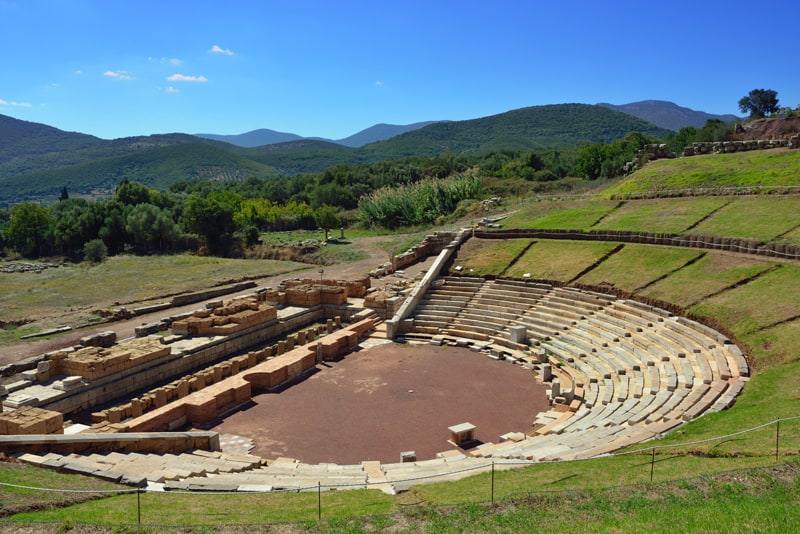
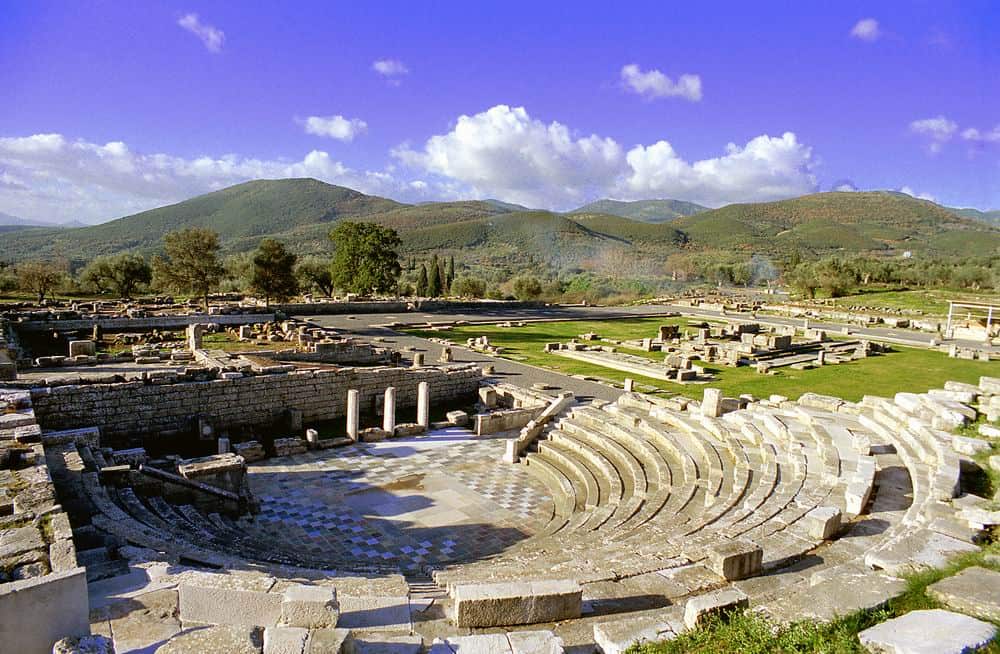
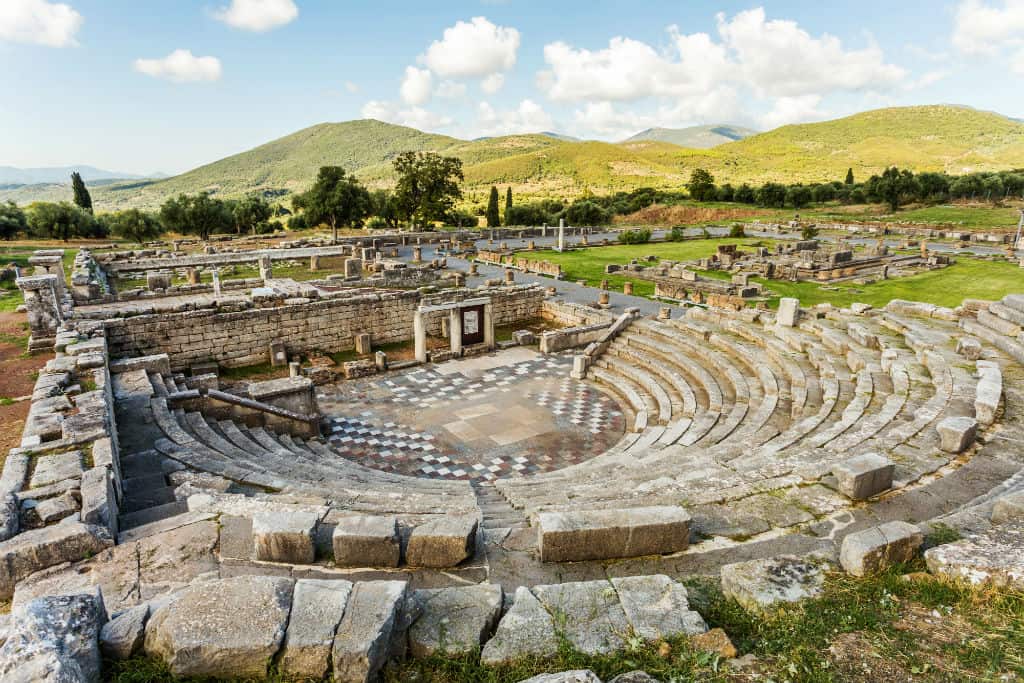
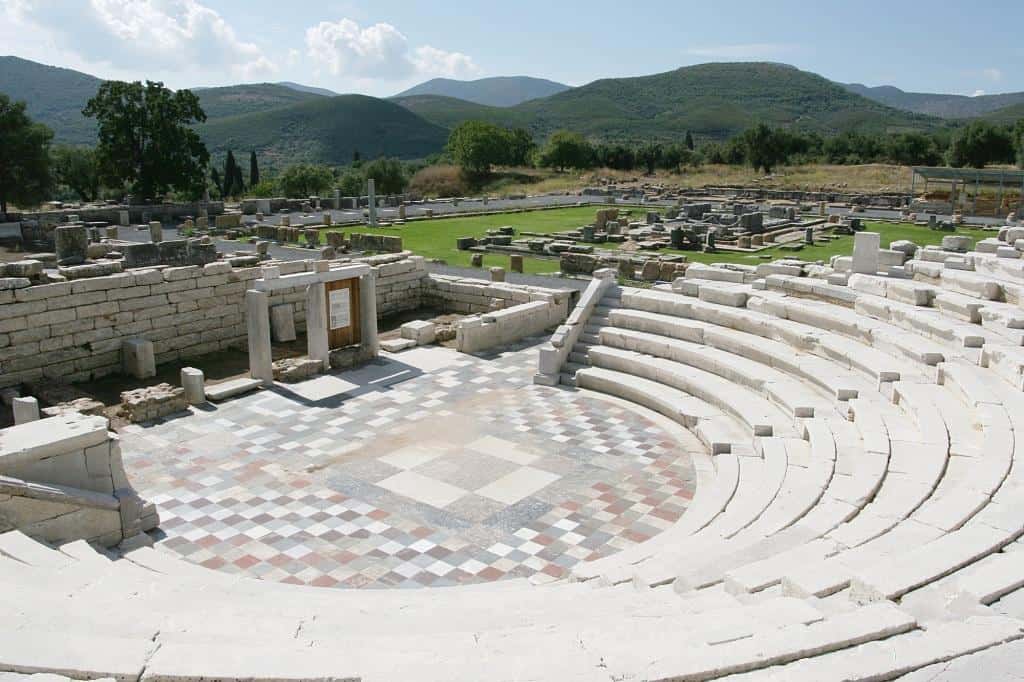
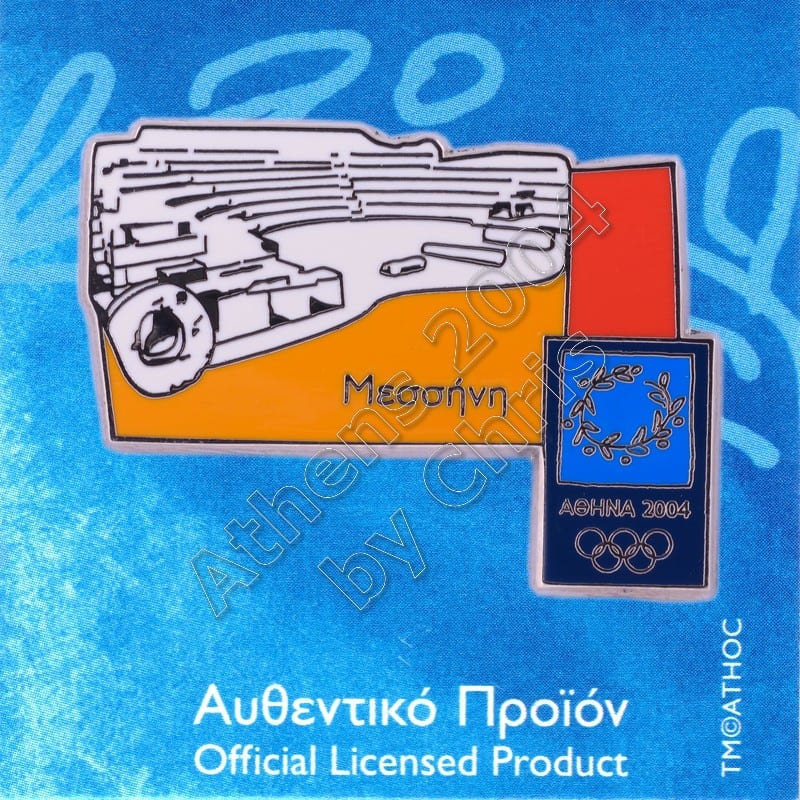
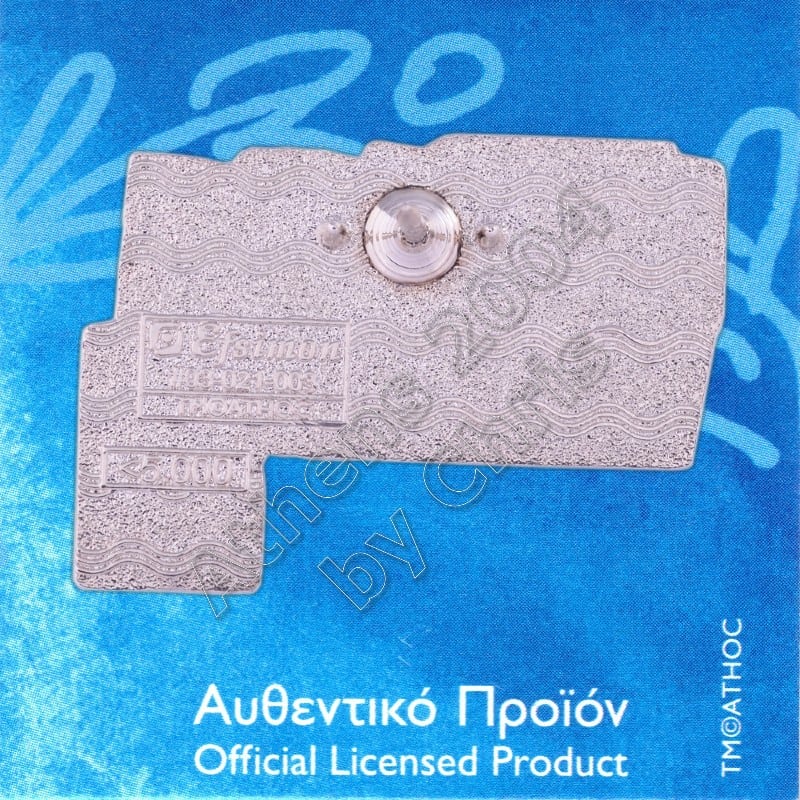
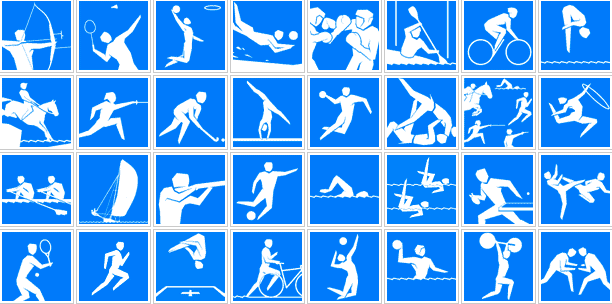

Reviews
There are no reviews yet.